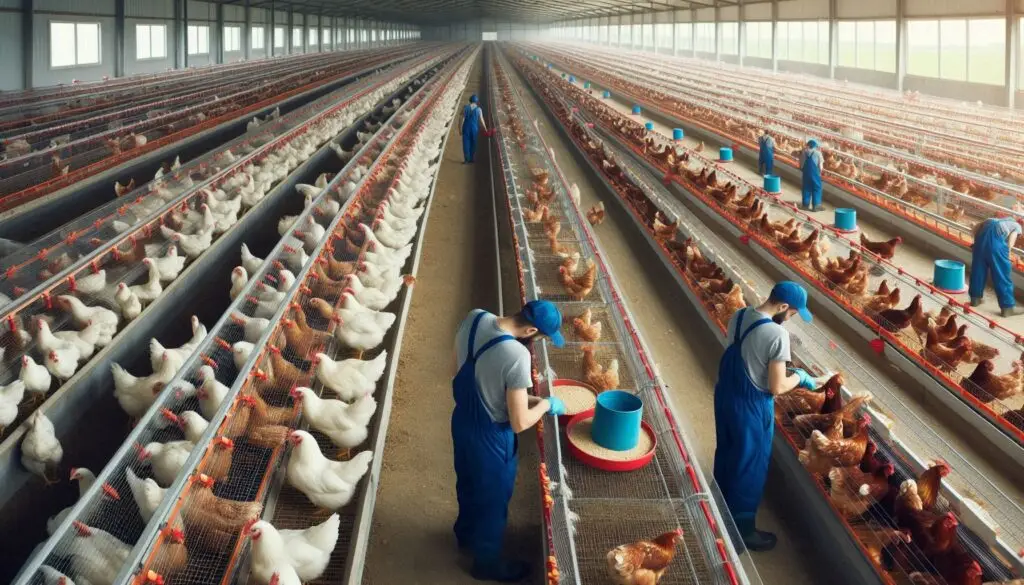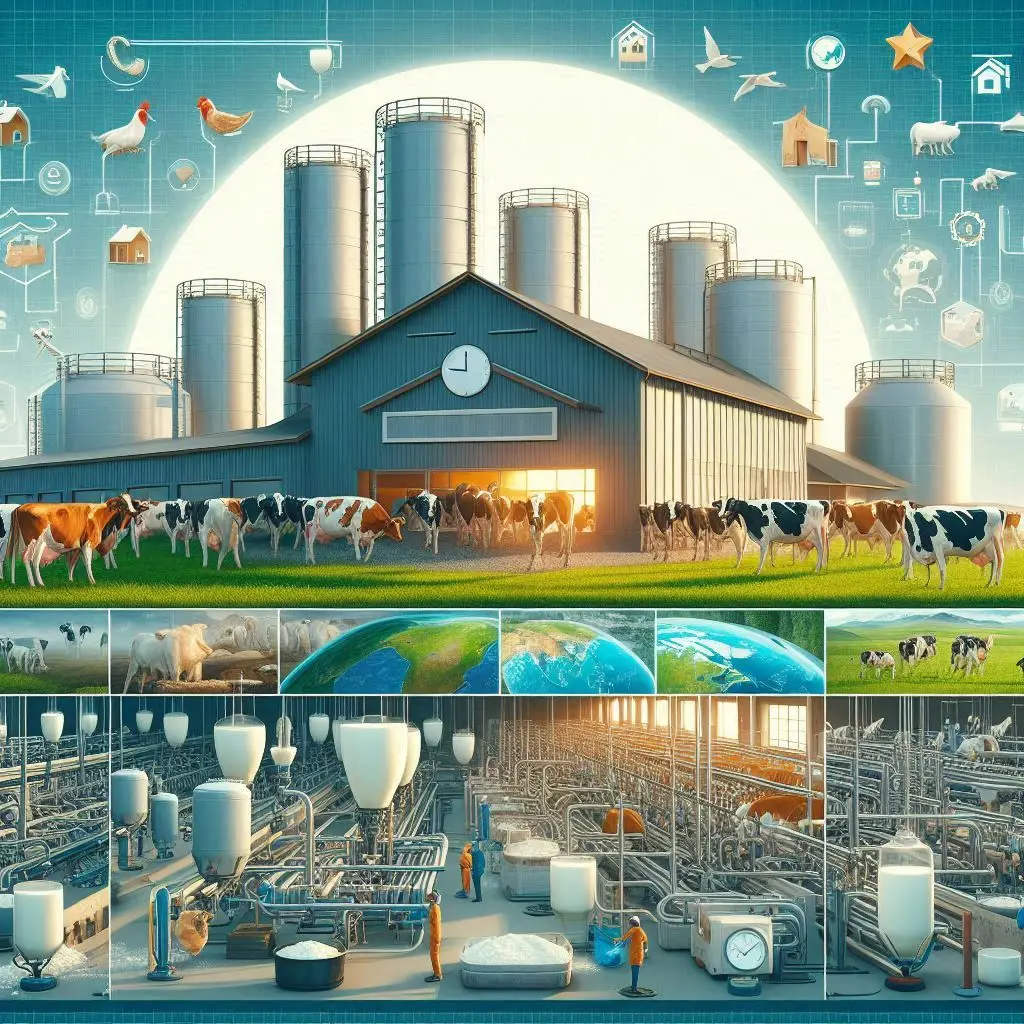How to Set Up a Commercial Poultry Farm

Introduction
Setting up a commercial poultry farm can be a rewarding venture. With the right knowledge and resources, you can create a thriving business that meets the growing demand for poultry products. This guide will walk you through each step of the process, ensuring you have the information needed to succeed.
Step 1: Develop a Business Plan
A solid business plan is crucial for any successful venture. It serves as your roadmap and helps you identify potential challenges.
Market Analysis
Understanding your target market is essential. Research local demand for poultry products. Identify your competitors and their pricing strategies. This analysis will help you position your farm effectively. For more insights on market analysis, check out HubSpot’s Guide.
Financial Projections
Estimate your startup costs, including land, equipment, and livestock. Create a budget that outlines your expected income and expenses. This financial planning will help you secure funding if necessary.
Operational Plan
Outline daily operations, including feeding schedules, breeding practices, and health management. A clear operational plan will streamline your processes and improve efficiency.
Marketing Strategy
Develop a marketing plan that includes online and offline strategies. Consider social media marketing, local advertising, and partnerships with grocery stores or restaurants.
Legal Requirements
Research the legal requirements for starting a poultry farm in your area. This may include permits for livestock handling, waste management regulations, and zoning laws.
Step 2: Choose the Type of Poultry
Selecting the right type of poultry is vital for your business model.
Broilers
If you’re interested in meat production, broilers are the best choice. They grow quickly and have a high feed conversion ratio.
Layers
For egg production, consider layers. They require different care but can provide a steady income through egg sales.
Other Birds
Explore options like ducks or quails if you want to diversify your offerings. These birds can attract different customer segments.
Step 3: Select a Suitable Location
Location plays a significant role in the success of your poultry farm.
Accessibility
Choose a site that is easily accessible for transportation of goods and supplies. Proximity to markets can reduce logistics costs.
Environmental Conditions
Ensure the location has good drainage and is free from pollution. Access to clean water is also crucial for poultry health.
Space Requirements
Consider how much space you’ll need based on the type of poultry farming you choose. Free-range farms require more land compared to conventional systems.
Step 4: Acquire Necessary Equipment
Investing in the right equipment is essential for efficient operation.
Housing Structures
Design appropriate housing that protects birds from predators and harsh weather conditions. Proper ventilation is also important to maintain air quality.
Feeding Systems
Automated feeding systems can save time and ensure consistent feeding schedules. Research different options to find what works best for your setup.
Water Supply Systems
Install reliable water supply systems to ensure birds have constant access to clean water. This is crucial for their health and productivity.
Temperature Control Equipment
In extreme weather conditions, temperature control equipment like heaters or fans may be necessary to maintain optimal living conditions for your birds.
Step 5: Obtain Licenses and Permits
Before starting operations, ensure you have all necessary licenses and permits.
No Objection Certificate (NOC)
Obtain an NOC from local authorities to confirm that your farming activities comply with regulations.
Environmental Clearance
Check with pollution control boards regarding environmental clearance requirements based on your farming practices.
Business Registration
Register your business according to local laws to operate legally and protect yourself from liabilities.
Step 6: Financial Planning
Financial planning is critical for sustainability in poultry farming.
Startup Costs
Estimate initial investments required for land acquisition, equipment purchase, and livestock procurement.
Funding Options
Explore various funding options such as loans from banks or government schemes designed for agricultural businesses.
Budgeting
Create a detailed budget that includes all expenses and projected income over time. Regularly review this budget as your business grows.
Step 7: Marketing and Sales Strategy
A well-thought-out marketing strategy can significantly impact your sales volume.
Identifying Target Customers
Define who your customers are—wholesalers, retailers, or direct consumers—and tailor your marketing efforts accordingly.
Setting Competitive Pricing Strategies
Research competitor pricing to determine how you can position yourself in the market while ensuring profitability.
Utilizing Digital Marketing Channels
Leverage social media platforms and online marketplaces to reach broader audiences. Create engaging content that showcases your products’ quality.
Conclusion
Setting up a commercial poultry farm involves careful planning across multiple areas—from developing a solid business plan to executing effective marketing strategies. By following these steps diligently, you can establish a successful poultry farming business that meets market demands while ensuring sustainability.
More from Livestock Production and Management:
https://wiseias.com/year-round-green-fodder-supply/
https://wiseias.com/precision-dairy-farming/






Responses